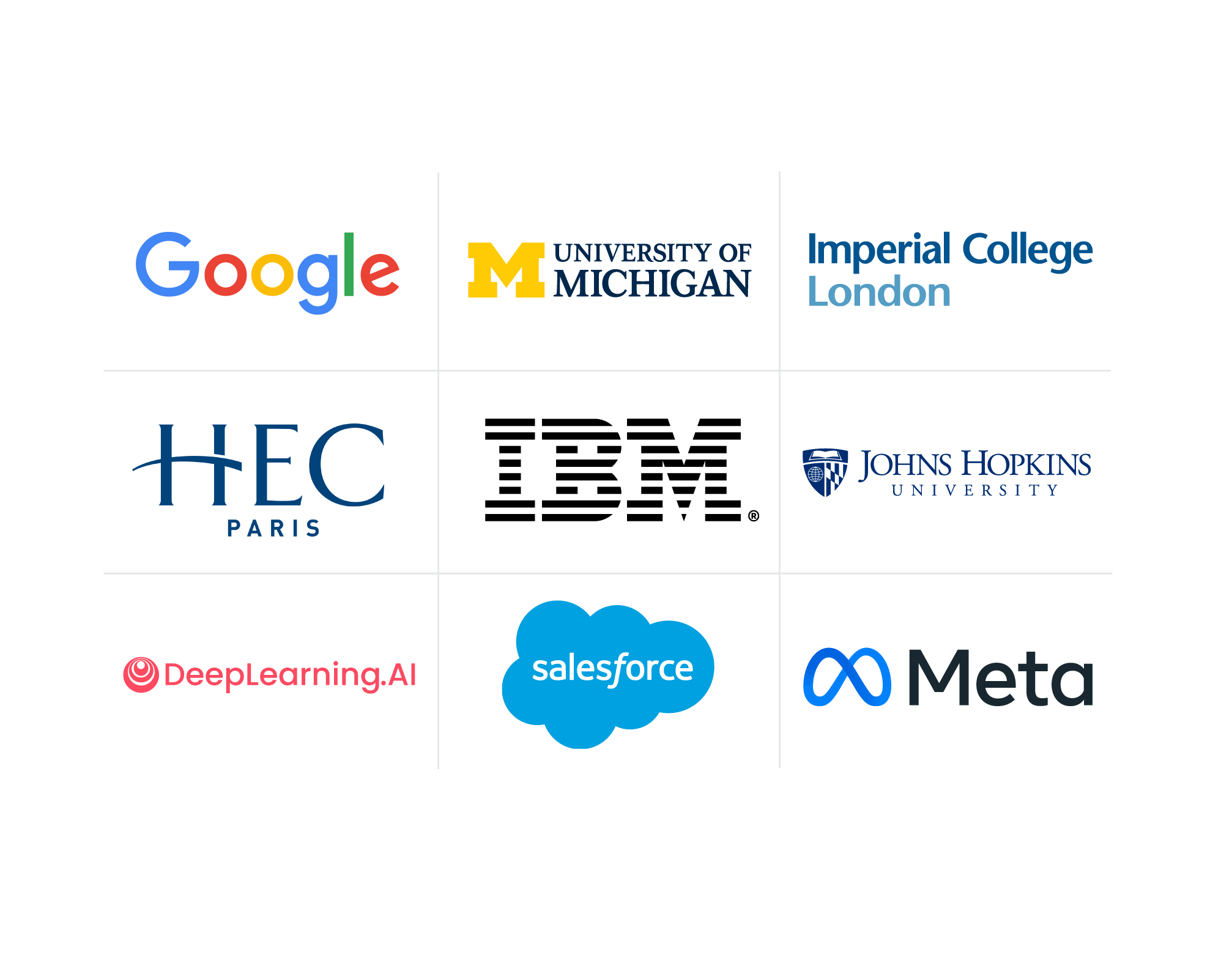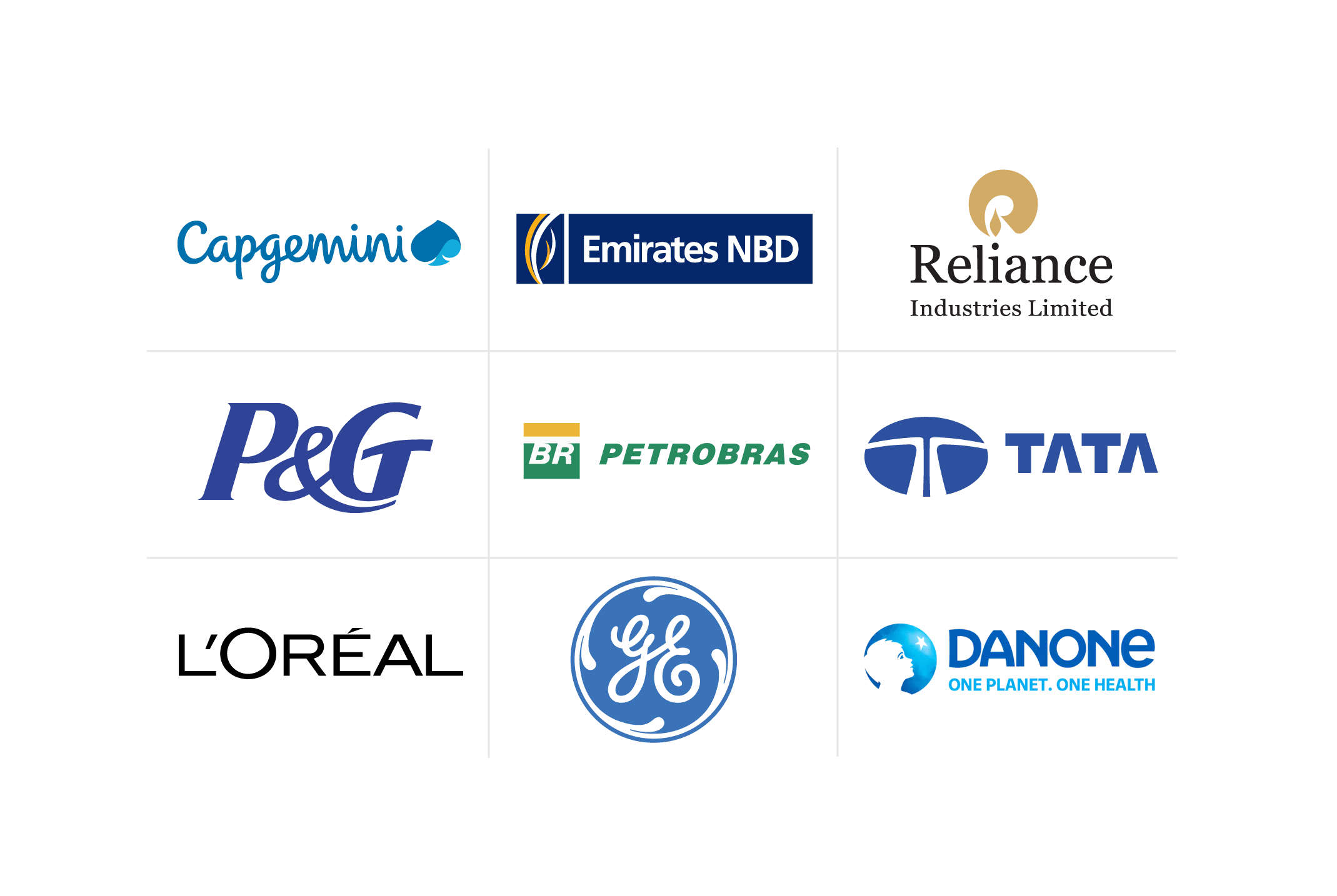Mastering Competency Gap Analysis to Improve Team Performance
A competency gap analysis seeks to establish where an organization’s skills are and where they need to be to reach organizational goals. Learn more about how to conduct a skills gap analysis, and why it can improve business performance.
![[Featured image] Woman in front of whiteboard and easel holding a development plan on a tablet.](https://d3njjcbhbojbot.cloudfront.net/api/utilities/v1/imageproxy/https://images.ctfassets.net/2pudprfttvy6/7JTorHgqn4oVYMcTlZJ9Ii/3e72040cfbbeece00bde9b6623ad2543/GettyImages-1269829161.jpg?w=1500&h=680&q=60&fit=fill&f=faces&fm=jpg&fl=progressive&auto=format%2Ccompress&dpr=1&w=1000)
Do you have a strong understanding of the skills possessed by members of your organization? Do you know how well those skills match organizational goals?
Whether you know the answers to these questions or not, a competency gap analysis can provide insight and guide action toward equipping your employees with important skills that match your organization’s strategic path.
A competency gap analysis, or skills gap analysis, is a process in which an organization identifies gaps between skills currently possessed within the organization and skills needed to achieve organizational objectives.
Competency gap analyses can provide a clear advantage to an organization looking to become more efficient. Organizations that optimize HR operations to meet skill needs can lift employee engagement, raise productivity, and lower training costs.
A competency gap exists when the skills within your organization differ from the skills required for your organization to move forward, achieve goals, and improve productivity. This guide teaches you how to conduct a competency gap analysis.
What is a competency gap analysis?
A competency gap analysis, or skills gap analysis, is an assessment of how the current skills held by employees in your organization match the skills required from employees to reach future organizational goals.
These analyses are important for organizations because they measure the present abilities of current employees to address organizational goals. They also aim to improve the use of human capital, assessing competencies and measuring cognitive abilities through tests and interviews. Companies that regularly conduct skills gap analyses can stay on top of industry trends, improve productivity, and promote employee retention and professional development.
A holistic approach to competency gap analysis allows an organization to identify skill gaps in both teams and individuals. This approach incorporates many types of data gathering and analysis—including 360-degree feedback, surveys, interviews, and performance reviews—helping ensure your organization is finding every point of improvement.
Aligning competencies with organizational objectives
In 2016, companies surveyed by the World Economic Forum estimated that 35 percent of workers’ skills would be disrupted in the following five years. By 2023, when the survey was again conducted, the share of companies estimating skills disruption rose to 44 percent [1].
This illustrates why a skills gap analysis can be important to retooling an organization’s workforce. A lack of skills, or lack of skills that match the organization’s direction, can cause issues with productivity, resulting in customer dissatisfaction and decreased profitability.
A strategic approach to competency gap analysis can open opportunities for your human resources department to more effectively attract employees with skills that may be missing. It can also promote a deeper understanding of current skills held by employees, with an increased understanding of how the current workforce can progress.
How to conduct a competency gap analysis
Your organization must establish its goals before conducting a skills gap analysis. Involving business leaders charged with overseeing organizational direction can set the tone for an effective process. Your organization can advance its goals for the future and work toward equipping itself with the skills necessary to do so through the following steps.
1. Identify goals.
Define the scope and purpose of your organization’s skills gap analysis. This gap between present and desired skills could relate to individual employees, a set of skills within each company's division, or an organization-wide examination of skills needed to improve business performance.
Determine why your organization needs new skills to be or remain competitive. What challenges is your business facing? How can a review of skills within your organization solve problems faced by the company?
2. Identify skill gaps.
Gather data from within your organization about what skills you need to improve performance. Employees may provide insight into where roadblocks exist, while business leadership may seek new skills to open new opportunities. This information can guide the way you proceed in identifying which gap to close.
A skills gap taxonomy explores which skills are most important through data-gathering activities such as workshops or interviews. This taxonomy can typically include 25 to 30 general skills that are key to your organization or industry. You can also identify five to 10 specialist skills that relate to specific business areas. You can adjust this bank of skills based on organizational goals.
3. Develop and implement a plan.
Interventions aim to close skill gaps through optimized hiring practices, career mentoring or coaching programs within the organization, or a new focus on employee retention and upskilling.
4. Report results.
Spend time observing how effectively your organization adopts new skills, whether it comes through improved employee retention efforts, recruitment, or professional development for existing employees.
Observe the impact of these interventions on progress toward organizational goals. The changes you made to your workforce should help increase productivity and make your organization more ready to measure up to expectations.
Read more: What Is Competency-Based Training?

Involving stakeholders and subject matter experts
Input from key stakeholders in your organization is important in conducting a skills gap analysis. Leaders in the organization can set the tone for guiding your company in a desired direction. Input from employees can identify areas of anxiety or motivation to grow. Managers, customers, and business partners can illuminate the areas where your business’s performance may fall short of needs.
By seeking diverse perspectives within your company, you can become cognizant of the way different groups of people think and intend to work together. Establishing a full picture of current skills allows your business to adapt more smoothly.
Data collection methods for competency analysis
Collecting both qualitative and quantitative data helps your organization set benchmarks, measure progress, and provide actionable guidance for leadership and employees who seek to gain skills that close the gap.
Attention to measurable quantitative data can tell the story of skill gaps, but a qualitative approach has its advantages, too. Qualitative information can detail the reason behind deficiencies, with added content from comments by managers and employees.
Tools and technologies for competency gap analysis
Technology can help an organization keep data organized and guide the process of a competency gap analysis. These methods of data gathering and analysis aided by technology can help your organization efficiently address a skills gap.
Leveraging HR software and technology
An HR platform or learning management system (LMS) can store information from data analysis, interviews, or other data-gathering activities. These platforms may advertise more than they can deliver, so HR departments should be diligent about choosing the best one. However, a platform to store and analyze all information can make the competency gap analysis easier to map out.
Integrating data analytics for actionable insights
Data on current skills and a comparison of that data to future goals and skills needs can help you discern how far your organization needs to come to close the gap. Analyzing the data and creating actionable insights provides direction on how to actually begin closing the gap.
Read more: Data Literacy for Business: Your 2024 Guide
How to address competency gaps
Your organization can address competency gaps after completing a thorough analysis of current and desired skills. Next, explore some ways to take on competency gaps.
1. Develop targeted training programs.
Training programs can take a few different forms, including instructor-led bootcamps, online training programs, and on-site workshops. A training program can help employees work individually or collectively toward gaining new skills that equip them for their positions.
2. Implement succession planning and talent development.
Succession planning focuses on identifying key roles in an organization that are paramount to achieving organization goals. Talent management works alongside succession planning, as organizations implement programs to help individuals and teams within the organization develop skills.
With this system in place, organizations keep a cadre of employees who appear poised to move up within the organization. The organization also identifies external candidates who could add value toward reaching organizational goals.
3. Communicate transparently with employees.
An in-depth understanding of your present workforce is important for conducting a skills gap analysis. Data analysis is important, but you should have a holistic, humanized understanding of the workforce so you can help current employees gain new skills and prevent unnecessary turnover.
Gathering feedback from employees is an important step in the process of a skills gap analysis and adds a human element to the perspectives gathered in assessing current skills. Employees may be fearful of their positions being affected by a reshuffle of roles and skills. Prioritize transparent communication with employees about what you are doing and how it can help the organization succeed.
4. Create individual development plans.
Your organization may benefit from addressing skill gaps at an individual level. During employee evaluations, include some skills that relate to broad company goals. However, you should also focus on specific skills that make up that employee’s job description.
Build your team’s skills with Coursera
Competency gap analysis is a key function of human resources departments in companies across many industries. These processes help organizations identify weaknesses and work toward addressing them.
Equip your team with the analytical skills needed to thrive in the marketplace with the Data & Analytics Academy from Coursera. Offering hands-on learning and expert instruction from leading organizations like Stanford, Google, Microsoft, Meta, the University of Michigan, and more, Coursera’s Data & Analytics Academy empowers employees at every level to build foundational data literacy while also equipping existing data teams with expert-level training in machine learning, AI, and other emergent fields. Explore Coursera for Business to learn how we can work together to build data proficiency across your organization.
Article sources
1. World Economic Forum. “4. Skills outlook - The Future of Jobs Report 2023 | World Economic Forum, https://www.weforum.org/publications/the-future-of-jobs-report-2023/in-full/4-skills-outlook/.” Accessed May 3, 2024.
This content has been made available for informational purposes only. Learners are advised to conduct additional research to ensure that courses and other credentials pursued meet their personal, professional, and financial goals.


